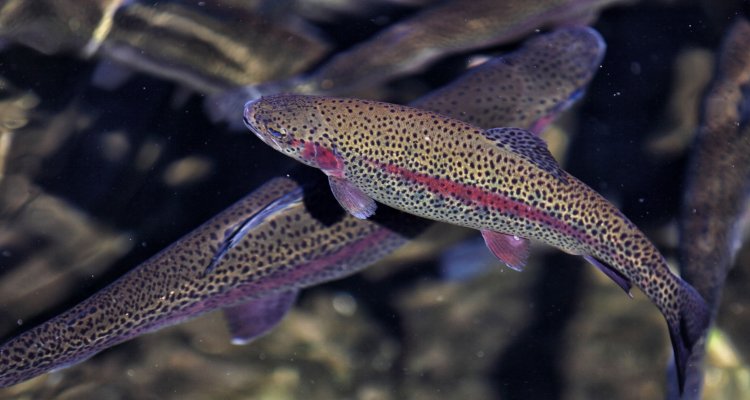
Project
Environmental performances of a novel single-cell protein in fish feed at different scales
PhD project by Xuemei Zhao. Existing studies indicate that Clostridium autoethanogenum protein (CAP) can partially substitute fishmeal or soybean meal in fish feed. This project is dedicated to assessing the environmental performances of CAP production, farmed rainbow trout fed on CAP-based feed, and the alternative uses in livestock and human consumption.
Aquaculture plays an important role in meeting the food demands of the rapidly growing global population. However, with the expansion of aquaculture, the demand for aquafeed has increased, giving rise to environmental concerns such as climate change, eutrophication, and acidification as a result from intensive and large-scale processes. Protein is a fundamental component for fish growth, often sourced from fishmeal and soybean meal, which both are derived from raw materials that can be suitable for human consumption as well. The use of such ingredients as fish feed is questionable both from a food supply and an environmental perspective. Redirecting edible soy or fish to human food could increase the global protein supply, and is more environmentally friendly than eating animals fed with these resources.
Clostridium autoethanogenum protein (CAP) is a novel single cell protein with the unique ability to use exhaust gas from steel plants, mainly carbon monoxide and carbon dioxide. Existing studies indicate that CAP can partially substitute fishmeal or soybean meal in fish feed. However, the environmental impacts of CAP in this context remain unexplored. This project is dedicated to assessing the environmental performances of CAP production, farmed rainbow trout fed on CAP-based feed, and the alternative uses in livestock and human consumption.
We define the following four objectives:
- To assess the environmental impacts of the production of CAP using second generation technology.
- To evaluate the effects of diets containing CAP on growth and feed utilization in rainbow trout as compared to commercial feeds with emphasis on feed-food competition.
- To compare the potential environmental impacts between using CAP-based feed and commercial feed in rainbow trout production.
- To assess the potential environmental benefits of CAP as alternative protein source for livestock and human.
By following this framework, we intend to uncover the environmental implications of CAP at different scales.